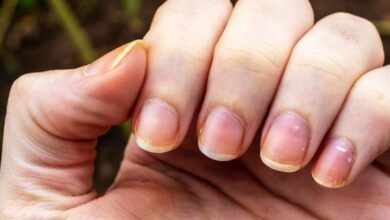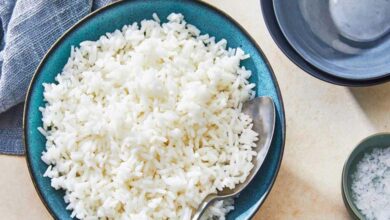Breakthrough: Biodegradable Dental Membranes for Jawbone Repair

Most dental patients suffer from damage to jawbone tissues, and current treatment options have significant limitations.
In a major medical breakthrough, experts from the National Research University of Science and Technology have developed biodegradable dental membranes designed to repair damage to jawbone tissues.
-
Unexpected Issues Caused by Dental Appliances, Earbuds, and Contact Lenses
-
Is Visiting the Dentist “Safe” During Pregnancy?
Taking into account all the shortcomings of existing membranes, researchers have successfully created a reliable biodegradable membrane capable of withstanding mechanical loads over an extended period, ensuring complete regeneration of jawbone tissue.
The innovators highlight that many patients require these membranes, which must protect the resulting cavity with a barrier to prevent connective tissue infiltration and promote the formation of new bone for successful treatment.
-
Ignoring “ordinary toothache” can lead to “serious” health consequences
-
Neglecting Oral Health Can Be Life-Threatening
According to them, all currently available solutions have major drawbacks. For instance, they cannot be used to fill large cavities in bone tissue because most of these membranes are too soft.
Additionally, when doctors use titanium-based products, they must perform a second surgical procedure to remove them.
With the proposed technology, these challenges can be avoided.
-
Not Brushing Teeth Leads to Deadly and Serious Disease
-
“Devastating” Mistakes You Make When Brushing Your Teeth
Researcher Daria Stepanova, quoted by Izvestia, stated: “Unlike conventional alternatives, these customized membranes reduce the risk of soft tissue damage and eliminate the need for additional treatments.”
She explained: “For this innovation, we used a composite material with properties similar to natural bone. Its high mechanical strength effectively preserves the space under the membrane, facilitating bone tissue regeneration. The biodegradation period ranges from three to nine months, so it was crucial to find a polymer that meets these requirements.”












